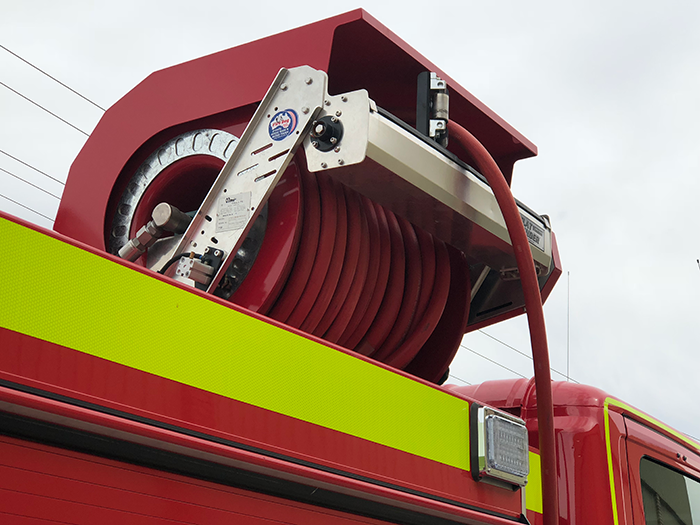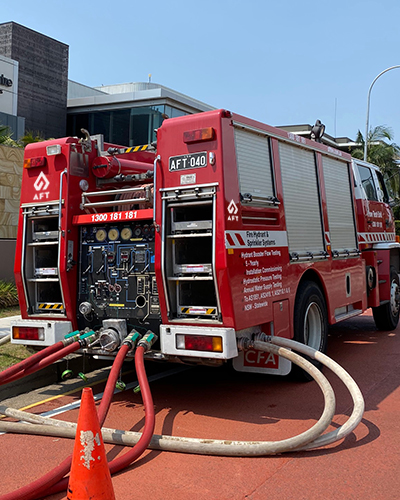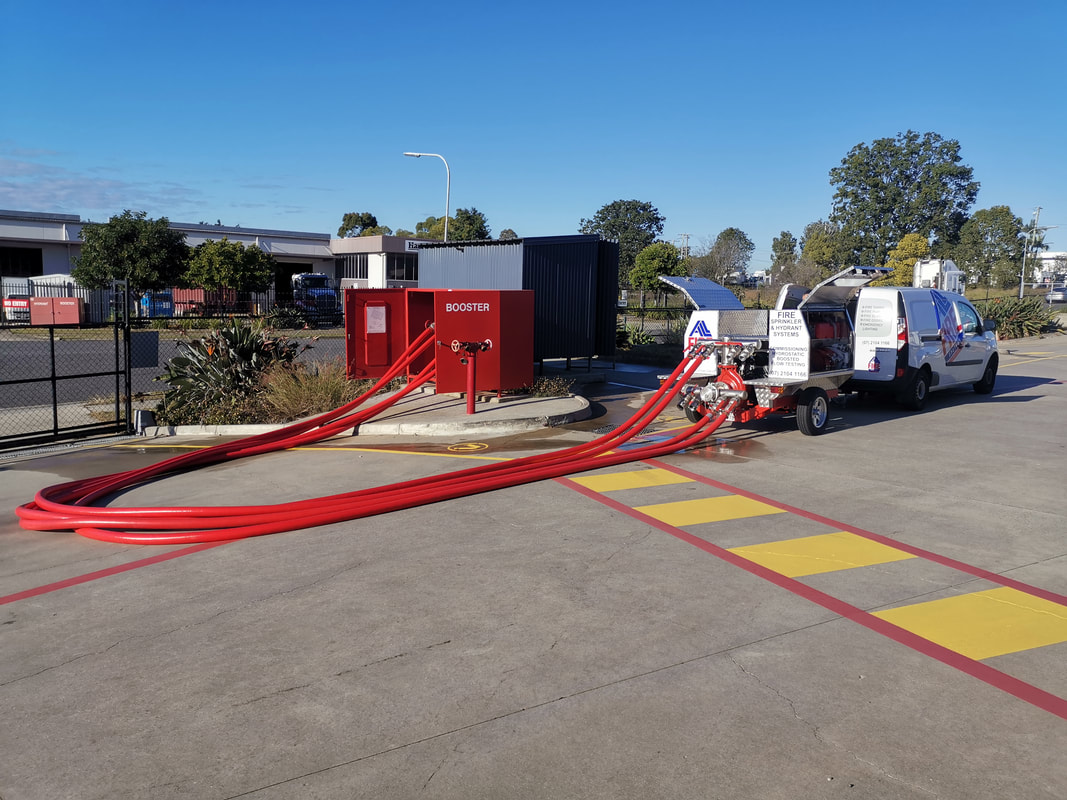Enhancing Australian Fire Protection with Fire Hydrant Solutions
In Australia, protecting lives and properties from the destructive influence of fires is of utmost relevance. One crucial part of a reliable fire security strategy is the setup of a trustworthy fire hydrant system. This article will look into the value of fire hydrant systems, their key parts, setup process, upkeep needs, and also often asked inquiries. By recognizing the advantages as well as performances of fire hydrant systems, Australians can ensure improved fire safety and security throughout household, commercial, and commercial settings.
Understanding Fire Hydrant Equipments
What is a Fire Hydrant System?
A fire hydrant system is a network of pipelines, shutoffs, as well as installations designed to offer a conveniently available water system to fight fires. It contains numerous elements strategically put throughout a building or facility, permitting firefighters to quickly link hose pipes and access water in case of a fire emergency situation.
Importance of Fire Hydrant Solutions
Fire hydrant systems play a crucial function in fire protection by supplying a reputable as well as prompt water resource to suppress fires. They help with fast reaction times, ensuring firemens can successfully extinguish flames and also prevent additional damage. Fire hydrant systems are specifically essential in locations with limited access to water sources, as they provide a devoted supply for firefighting purposes.
Trick Parts of a Fire Hydrant System
Fire Hydrants
Fire hydrants are the visible components of the system, consisting of an above-ground outlet connected to an underground water source. They are commonly geared up with shutoffs that control the water flow, enabling firemens to regulate the stress and flow test also volume as needed.

Fire Hydrant Shutoffs
Fire hydrant shutoffs act as crucial control systems within the system. They are accountable for regulating water circulation, shutting off supply when required, and also preserving stress levels. These valves are developed to stand up to high stress as well as make certain reliable performance during firefighting operations.
Fire Hydrant Pipelines and also Installations
Fire hydrant systems are composed of a network of pipelines and fittings that carry water from the primary water supply to the hydrants. These pipes and also fittings must be sturdy, corrosion-resistant, as well as effectively sized to preserve water pressure as well as circulation rates throughout the system.
Installation Refine of Fire Hydrant Systems
System Design as well as Planning
The installation of a fire hydrant system begins with a thorough style as well as preparation phase. Certified experts https://fireextinguishersgoldcoast.com.au/hydrant-boost-testing/ analyze the structure or facility, considering elements such as occupancy kind, size, as well as fire hazard category. They develop a detailed format that maximizes the placement of hydrants, pipelines, valves, as well as installations, ensuring adequate protection for firefighting procedures.
Hydraulic Estimations and Supply Of Water
Accurate hydraulic estimations are carried out to identify the needed water supply for the fire hydrant system. Variables such as the hazard level, building location, and expected fire dimension are thought about to make certain enough water circulation and also pressure throughout the system. Water sources, such as dedicated storage tanks or metropolitan water supplies, are recognized and integrated right into the system design.
Installation and Testing
Experienced technicians mount the fire hydrant system according to the authorized design. This involves laying pipelines, linking installations, installing hydrants, and also integrating shutoffs. Once the installation is total, strenuous testing is carried out to verify the capability and also performance of the system. This ensures that all components are in appropriate functioning order and capable of providing an instant water system during a fire emergency.
Maintenance and also Inspection of Fire Hydrant Solutions
Routine Inspections
Regular inspections are vital to ensure the ongoing reliability and effectiveness of fire hydrant systems. Educated experts perform thorough inspections, checking for any indicators of damage, leakages, or blockages in the pipes, valves, as well as hydrants. They also validate that all elements are correctly identified, available, as well as compliant with relevant laws and also standards.
Testing and Upkeep Procedures

Scheduled testing as well as upkeep tasks are performed to validate the performance of fire hydrant systems. These procedures may consist of flow testing, shutoff procedure checks, and also pressure testing to determine any kind of potential concerns. Upkeep tasks include lubrication of valves, substitute of damaged components, as well as the total maintenance of the system to ensure it remains in optimum condition.

Final thought:
Fire hydrant systems play a vital duty in Australian fire protection techniques. By offering a readily available water system, these systems allow swift and also efficient firefighting operations. Comprehending the crucial components, setup process, and also maintenance requirements of fire hydrant systems is necessary for guaranteeing their reliable efficiency. By buying these systems and sticking to the necessary upkeep techniques, Australians can improve fire security throughout different settings, safeguarding lives as well as residential or commercial properties from the disastrous influence of fires.